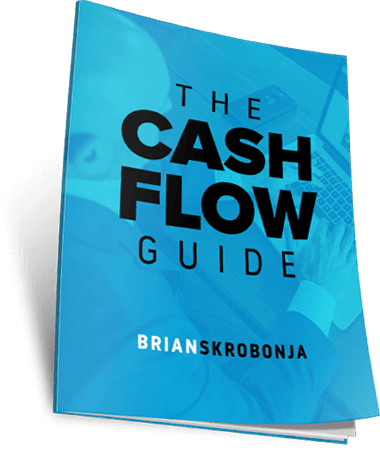We have all heard the saying, “Don’t put all your eggs in one basket”. It is a common theme for managing portfolio risk and is a way to prevent being overexposed to any one investment. The confusing part about this for many investors is understanding how to apply this to their own situation.
Risk management is not easily defined and can be difficult to implement since economic conditions and market trends rapidly change making some strategies out of favor over time. In addition, there are limitless opinions about how to go about diversifying a portfolio which only adds to the confusion.
So in an attempt to help lift the confusion, I will help define what managing risk looks like and offer some help to get you pointed in the right direction.
First of all, when it comes to managing risk, relying solely on stocks and bonds to build out a portfolio, in my opinion, is equivalent to having all of your eggs in one basket.
The reason I feel this way is while stocks and bonds can cover a broad spectrum of asset classes, the product types remain similar. Stocks, ETF’s and stock mutual funds are all similar in the underlying investment type. They are invested in stocks. The same is true with bonds. You have different types of bonds with varying durations but they are all bonds.
Therefore, when building a well-rounded portfolio, having diversification amongst different asset classes is a must but you should also include a variety of different product types.
So, what do I mean by different product types?
A traditional portfolio from a broker most likely will have mutual funds, a stock or two and perhaps some ETF’s or bonds. In their eyes, this is a diversified portfolio because it may cover different asset classes.
However, I believe we should take this a step further in an effort to diversify even further by considering limited partnerships, real estate trusts, preferred stock, annuities, specially designed life insurance and maybe even some interval funds.
Building a portfolio made up of differing asset classes with consideration for product type can help add to the diversification and risk management many people are looking for.
And it doesn’t stop there. There is yet another layer of diversification that is often overlooked and that is adding a mix of appreciable assets along with income producing opportunities. In other words, you want to include some investments that are growth oriented and focused on long-term growth coupled with assets that create income, which would be used to add to your long-term growth.
So, as you can see there is more to managing investment risk than simply picking a few stocks, bonds or mutual funds. Product type, asset class along with income and growth strategies all help to manage risk and round out a portfolio.
There is obviously some complexity to this, which is why it is so important to work with an advisor who understands and has access to all of these program types.
Just keep in mind that when you boil it all down, what I find is that many people are searching for ways to reduce risk, increase returns and preserve what they have. Isn’t that what you want for your portfolio?
Do you have questions about how to do this? If so, complete the form below and I will do my best to point you in the right direction.
Good Luck!
Brian







